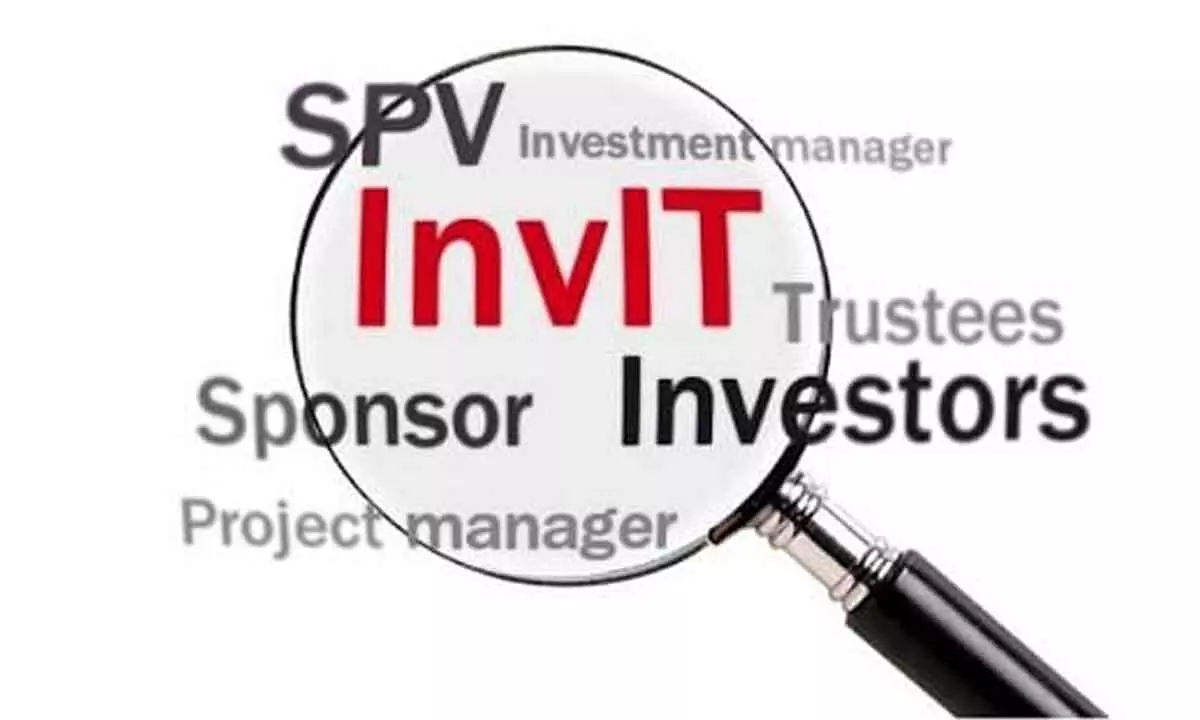InvIT marks win-win deal for both the company and investor
image for illustrative purpose

India Inc seems to be increasingly leaning on infrastructure investment trusts (InvITs) to both reduce debt and generate returns for investors. Ths approach was evolved and used some months back, some of the country’s top companies like Reliance Industries, L&T and IRB Infrastructure. The SEBI-regulated InvITs are like a mutual fund, which enables direct investments from individual and institutional investors in Indian infrastructure projects. There is a difference between REIT and InvIT, though. REITs are highly liquid and offer stable income but due to their popularity, they are traded more on the stock exchange and are prone to market volatility.
On the other hand, InvITs are less liquid, offer less stable income and are prone to regulatory and political risk. It is pertinent to note that assets under management (AUM) of InvITs in the road sector are estimated to nearly double by March 2025 from the present Rs. 1.4 lakh crore. The asset composition of these InvITs is expected to change with the hybrid annuity model (HAM) projects forming a substantial portion of the incremental AUM. The share of hybrid annuity model (HAM) projects in InvIT AUM is expected to increase to 20-25 per cent by March 2025 from close to seven per cent as InvITs are looking to diversify their pool by adding HAM projects in the current toll-heavy portfolios.
Interestingly, after the success of the National Highways Authority of India’s (NHAI’s) first infrastructure investment trust (InvIT) with foreign institutional investors, the Centre is working on a proposal to launch a fresh InvIT for national highways, where domestic retail investors can hold units of the trust. Since its inception in 2016, HAM has been MHAI’s preferred route for awarding PPP projects. A large number of these projects have been completed and ripe for monetisation.
Engineering, procurement and construction (EPC) companies are expected to push for monetisation of these projects to unlock equity. CRISIL Ratings feels that the cash flow stability offered by more HAM projects in the InvIT asset pool, will offset the marginal increase in leverage keeping credit profiles strong. An analysis of nine road InvITs, comprising 105 assets with total length of more than 9,000 kilometre (km), and nearly 50,000 km of road projects are available for monetisation.
Having a diversified pool of HAM and toll assets will strengthen the business risk profiles of InvITs. HAM assets have the advantage of a steady revenue stream with price and interest rate indexation, thereby lending more stability to the cash flows of InvITs. Most HAM projects expected to be monetised will have the NHAI as the counter-party, whose timely annuity payment track record supports monetisation prospects. Toll road assets, on the other hand, benefit from inflation protection and long-term opportunities to ride India’s economic growth.
Bankers, on their part, feel that InvITs have become a popular tool with Corporate India to reduce the debt on their books and at the same time have access to these assets. An InvIT is a win-win deal for both the company and the investor. While the company hives off part of its assets into the InvIT and invites investors, who get good returns as dividend, the InvIT gets guaranteed business from the company and ensures steady cash flow.

